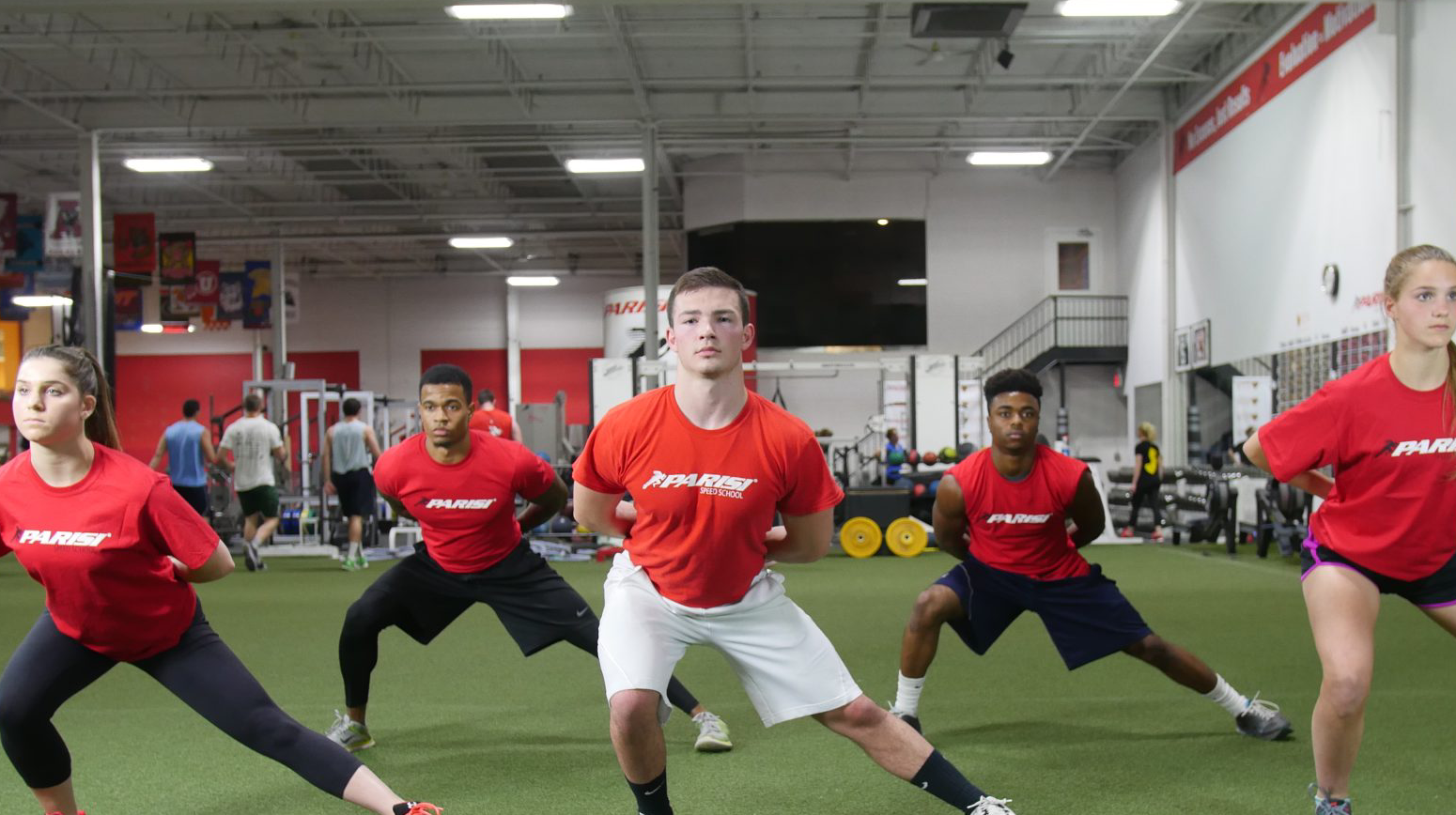Verbal cuing is an important aspect in coaching and in the training/development and overall success of athletes both on and off the field/ court/competitive arena. It has been shown that verbal instructions play a central role in motor learning and performance, with distinguished differences between the styles of verbal cues. External and internal cues have been used by coaches to motivate and promote intended outcomes across many sporting movements and lifts. Coaches and athletes should have a deep understanding of the differences between the two coaching cues and how to correctly use them to improve performance.
Explaining Internal vs. External Cues
Verbal cuing is an important tool used by coaches to instruct athletes to focus on a desired outcome. Cues, unlike instructions, are often 2-3 words in length, and begin with an adjective, such as; drive, push, explode, pull, etc.
Internal Cues are specific instructions that direct the athletes focus towards a specific body movement and/or muscle action.
Internal coaching cues have demonstrated to be a less effective coaching method in complex movements, such as a jumping, sprinting, and resistance training. They focus on one specific component (joint action or movement) that may hinder overall performance and integration of all muscle groups involved in complex movements.
Examples:
- Squat- “Push your knees out” or “Drive through your heels”
- Deadlift/RDL- “Push your hips back” or “Push your hips forward”
- Bench Press- “Keep elbows in”
External Cues are specific instructions that direct an athlete’s focus towards the intended movement outcome, placing specific outcome on external objects related towards the outcome task.
External coaching cues has been shown to improve jumping mechanics, throwing mechanics, golf swings, and resistance training performance in complex movements by allowing the organization of all the components of a complex movement automatically, without omitting any other components.
Examples:
- Broad Jump- “Push the ground away”
- Squat- “Separate the floor underneath you”
- Deadlift- “Bend the bar”
- Sprinting (Acceleration Phase)- “Break the glass in front of you”

